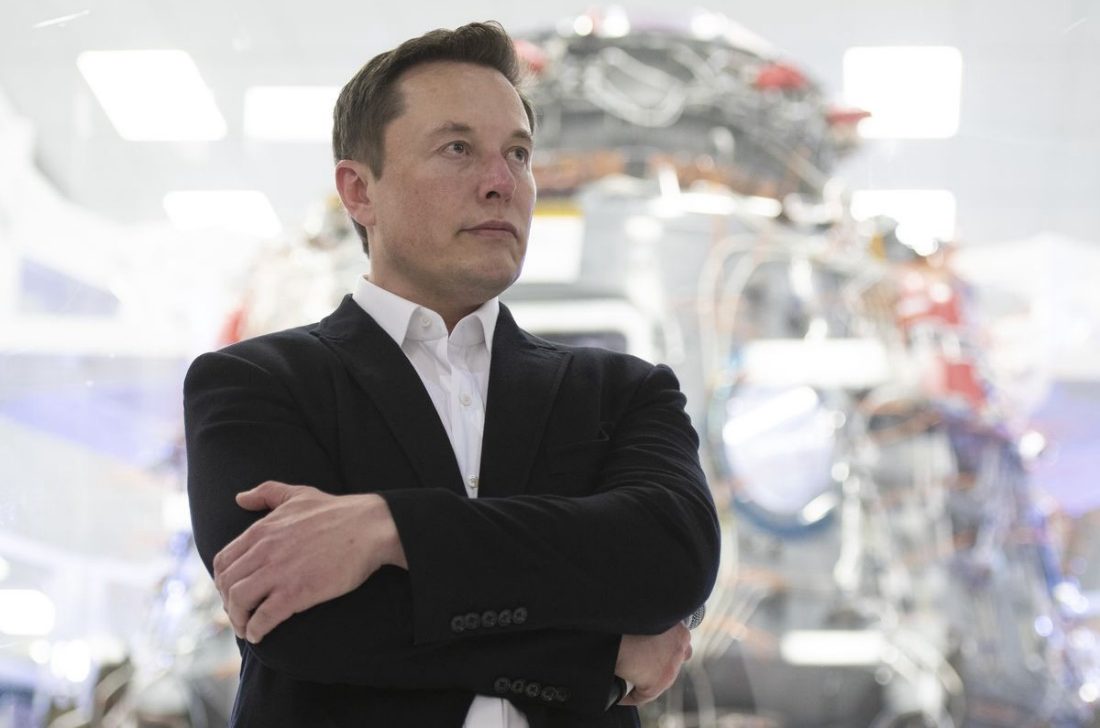Musk-backed Neuralink: Do the Benefits Outweigh the Risks?
Elon Musk, the world’s most restless entrepreneur, embarked on a unique venture called Neuralink in 2016. Not satisfied with reusable rockets, electric cars, giant batteries, vacuum trains, and underground roads, his latest firm – Neuralink, hopes one day to build a working brain-machine interface (BMI), which would let its user control computers simply by thinking. The idea is not new – scientists have been experimenting with BMI in labs for years – but Musk’s involvement will sprinkle it with stardust.
Neuralink revealed in July 2019 that it had already performed successful tests of its technology on mice and even apes; and that it would be pursuing testing on its first human subjects starting as early as the following year — which is this year, 2020.
Why Entrepreneurs Love the Idea of Neurotechnology
“All big companies are interested in jumping into brain-machine interfaces (BMI),” says Valeriani, a postdoctoral researcher in BMI at Harvard Medical School in the US. He lists Amazon, Facebook, and Microsoft, as well as agencies such as the US military. “If big companies work on this then we can push the research. They have more resources.”
Neurotechnology was born in the 1970s when Jaques Vidal proposed that electroencephalography (EEG), which tracks and records brain-wave patterns via sensors placed on the scalp (electrodes), could be used to create systems that allow people to control external devices directly with their mind. The idea was to use computer algorithms to transform the recorded EEG signals into commands. Since then, interest in the idea has been growing rapidly.
Indeed, these “brain-computer interfaces” have driven a revolution in the area of assistive technologies – letting people with quadriplegia feed themselves and even walk again. In the past few years, major investments in brain research from the US (the BRAIN initiative) and the EU (the Human Brain Project) have further advanced research on them. This has pushed applications of this technology into the area of “human augmentation” – using the technology to improve our cognition and other abilities.
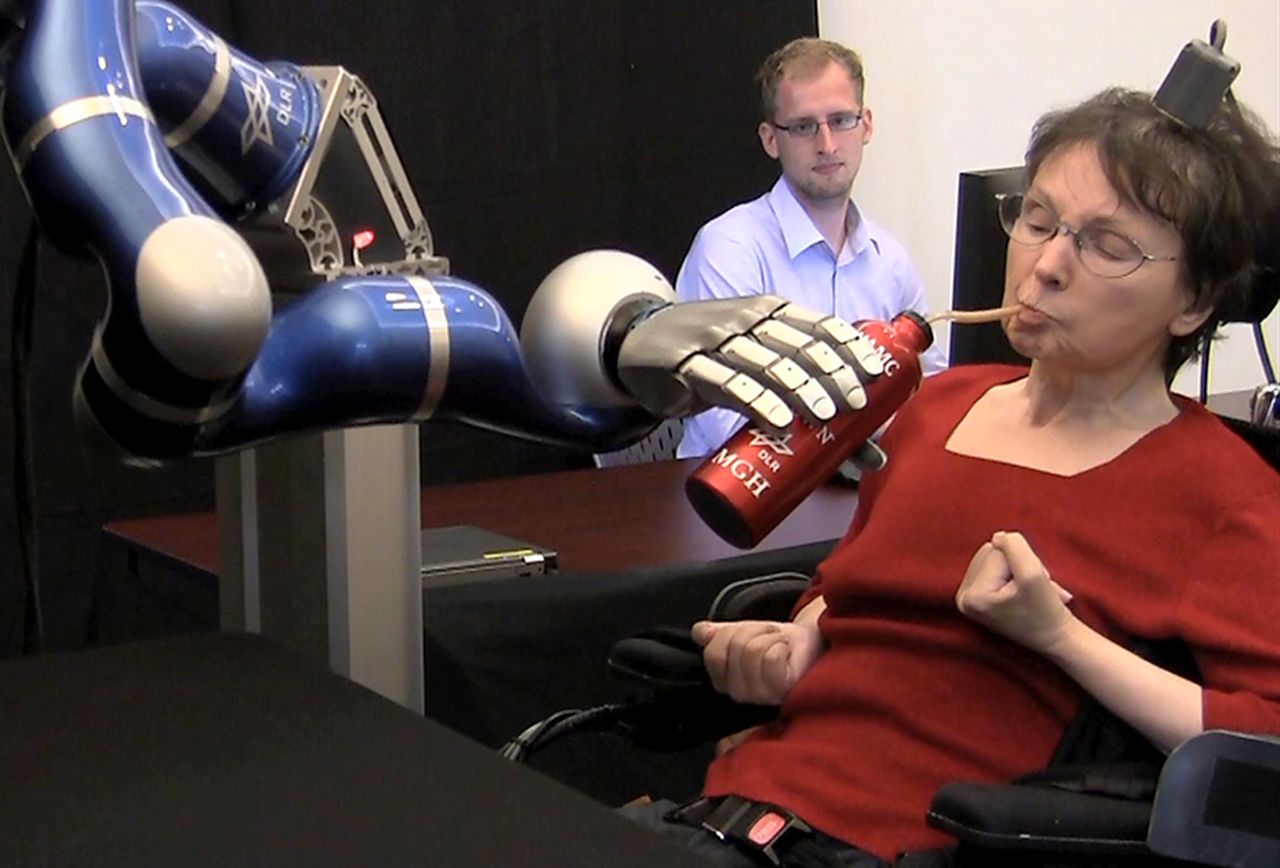
Despite investments, the transition from using the technology in research labs to everyday life is still slow. The EEG hardware is totally safe for the user but records very noisy signals. Also, research labs have been mainly focused on using it to understand the brain and to propose innovative applications without any follow-up in commercial products. Other very promising initiatives, such as using commercial EEG systems to let people drive a car with their thoughts, have remained isolated.
To try to overcome some of these limitations, several major companies have recently announced investments in research into brain-computer interfaces. Bryan Johnson from human intelligence company Kernel recently acquired the MIT spin-off firm KRS, which is promising to make a data-driven revolution in understanding neurodegenerative diseases. Facebook is hiring a brain-computer interface engineer to work in its secretive hardware division, Building 8.
Neuralink: The No.1 Potential Competitor
Neuralink is founded in 2016 by Elon Musk, the visionary-in-chief behind Tesla, Space X, and Hyperloop. Neuralink is developing a “whole-brain interface”, essentially a network of tiny electrodes linked to your brain that the company envisions will allow us to communicate wirelessly with the world. It would enable us to share our thoughts, fears, hopes, and anxieties without demeaning ourselves with written or spoken language.
In April 2017, Musk explained his interest in the idea partly stemmed from the science fiction concept of “neural lace” in the fictional universe in The Culture, a series of 10 novels by Iain M. Banks. As any entrepreneur will tell you, the first thing your product needs is a catchy name. “Brain-machine interface” (BMI) is a bit clunky, so Musk has plumped instead for “neural lace”, which is short, memorable, and glamorous. Science fiction fans will recognize it from the “Culture” novels of Iain M. Banks, a Scottish writer who died in 2013. In those novels, a neural lace is a BMI that is implanted when a person is young. It grows into and around their brain, acting like a souped-up Wi-Fi connection that allows humans to communicate, and commune, with the ultra-advanced artificial intelligence that runs the show.
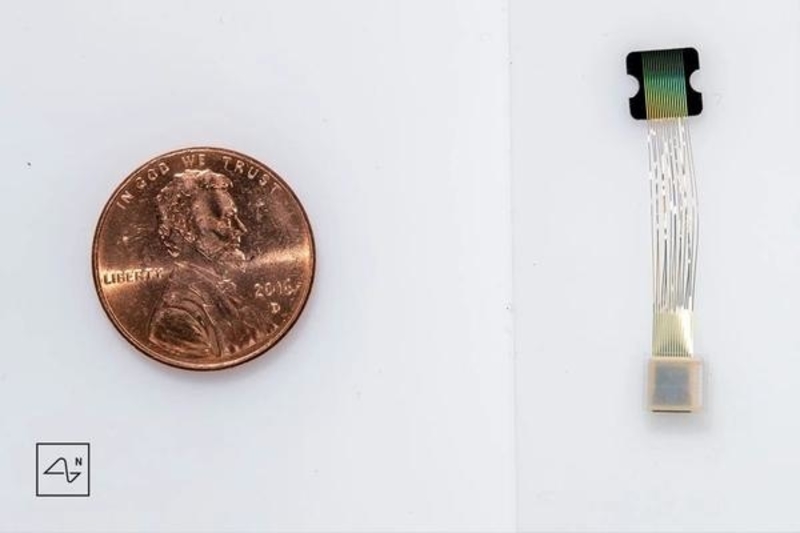
Musk’s company is the latest to join the race yet the most potential competitor until now. Brain-machine interface (BMI) already exists, but Neuralink has improved this technology using impressively small, super-thin, flexible micro-electrodes, which enable a tiny device to be implanted in the brain to read (and potentially write) neural signals. Its “neural lace” technology involves implanting electrodes in the brain to measure signals. This would allow getting neural signals of much better quality than EEG – but it requires surgery.
Neuralink does have a proposal for a study, focusing on patients who suffer paralysis of all four limbs because of a spinal cord injury. The project might seem ambitious, considering the limits of current technology. They have trialed this in monkeys and seek to trial it in humans. However, Musk expressed frustration with the FDA and its slow, winding process. Neuralink has a long road ahead of it, with a particular roadblock being the federal government.
The Idea Comes from Both Crave & Fear
#1. The Fear of AI’s Overgrowth
Stephen Hawking, Martin Rees, and other esteemed minds have issued gloom-and-doom warnings about the misuse of the technology. They believe the development of super-intelligent AI poses by far the greatest existential threat to humanity. It’s not that hard to see why. As the human history case study suggests, when there is something on the planet way smarter than everyone else, it can be a really bad thing for them. This is what keeps Musk up at night. He sees it as only a matter of time before super-intelligent AI rises upon this planet—and when that happens, he believes that it is critical that we don’t end up as part of “everyone else.”
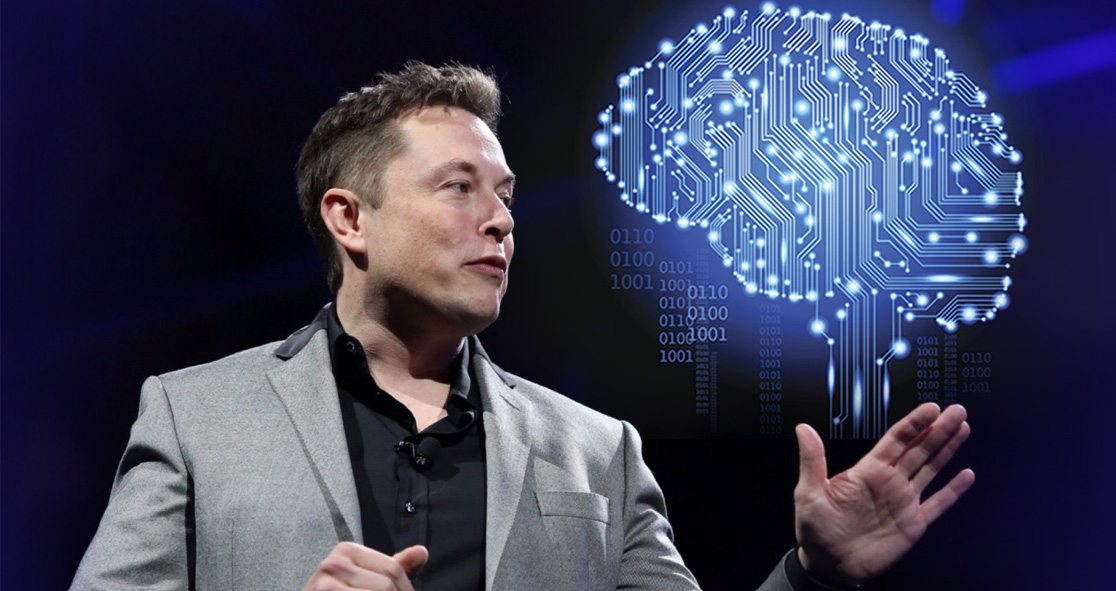
Musk has long been on the record as being worried about a future dominated by artificial intelligence (AI). At a conference in 2018, he said that “The danger of AI is much greater than the danger of nuclear warheads.” And since Musk sees AI as the ultimate power, he sees AI development as the ultimate play-it-safe situation – which is why his strategy for minimizing existential AI risk seems to essentially be that AI power needs to be of the people, by the people, for the people. Musk believes his new product will help even the playing field: “Even under a benign AI, we will be left behind. With a high bandwidth brain-machine interface, we will have the option to go along for the ride.”
#2. The Crave for Human Brain’s Upgrade
The combination of humans and technology could be more powerful than AI. For example, when we make decisions based on a combination of perception and reasoning, neurotechnology could be used to augment our perception. This could help us in situations such as when seeing a very blurry image from a security camera and having to decide whether to intervene or not.
It is this technology that allows people to move prosthetic limbs with their thoughts. Getting better at this pattern recognition might eventually allow us to identify the specific contents of people’s thoughts, therefore opening up a whole world of possibilities such as telepathic communication, being able to update our Facebook statuses with our minds, or drive our cars by thought.
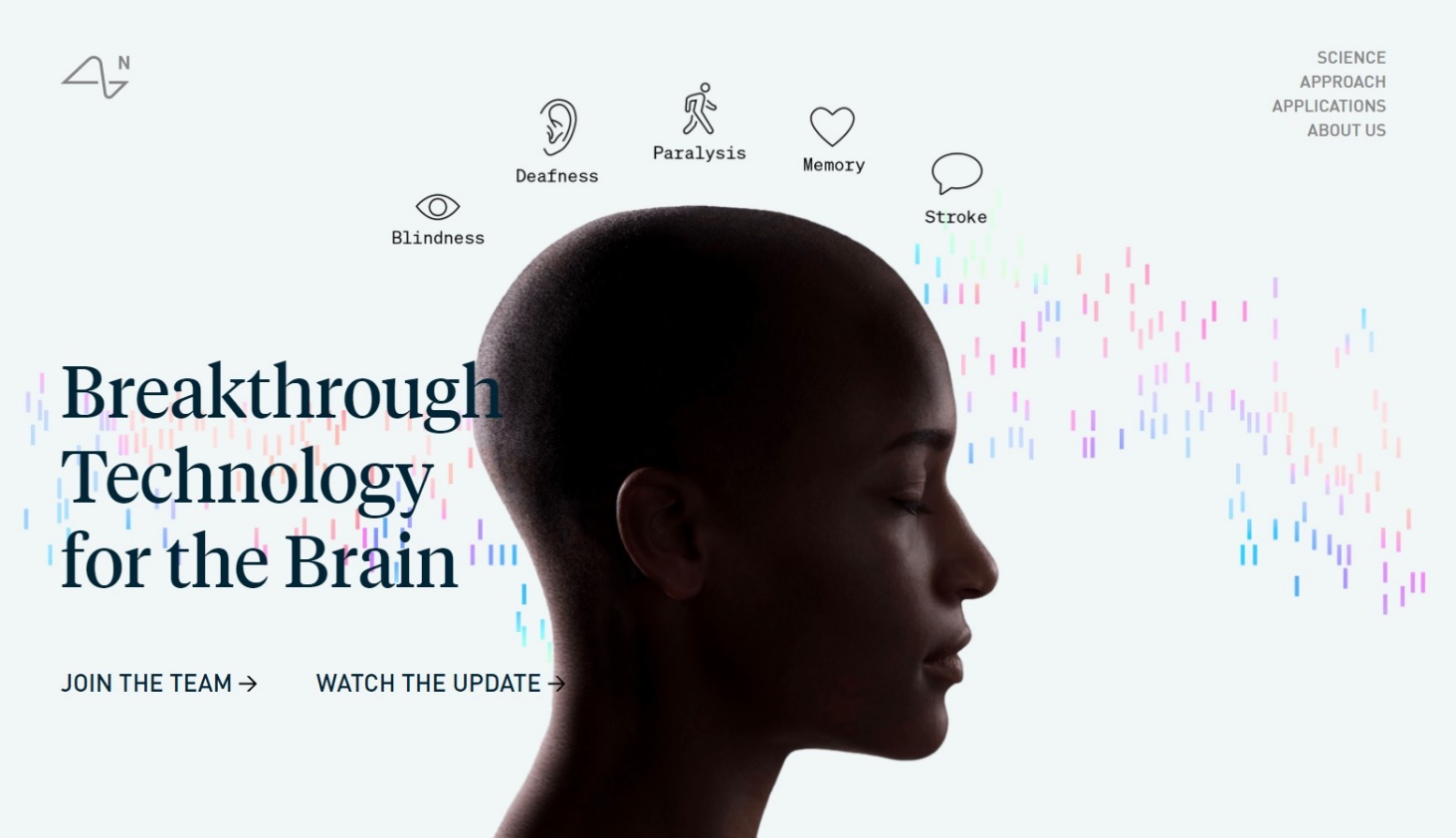
Another possibility is the computer-based memory extension. We already treat our computers and smartphones as a kind of memory aid, using them to store our work, photos, calendars, and conversations.
Computers and brains already talk to each other daily in high-tech labs – and they do it better and better. For example, disabled people can now learn to govern robotic limbs by the sheer power of their minds. The hope is that we may one day be able to operate spaceships with our thoughts, upload our brains to computers, and ultimately create cyborgs.
But There Is More Underneath the Iceberg
#1. Company’s View: Some Toughest Challenges
Neuralink’s hurdles are technology hurdles—and there are many. But two challenges stand out as the biggest challenges that, if conquered, may be impactful enough to trigger all the other hurdles to fall and totally change the trajectory of our future.
Bandwidth
There have never been more than a couple hundred electrodes in a human brain at once. When it comes to vision, that equals a super low-res image. When it comes to motor, that limits the possibilities to simple commands with little control. When it comes to your thoughts, a few hundred electrodes won’t be enough to communicate more than the simplest spelled-out message.
The Neuralink team threw out the number “one million simultaneously recorded neurons” when talking about an interface that could really change the world. I’ve also heard 100,000 as a number that would allow for the creation of a wide range of incredibly useful BMIs with a variety of applications.
Early computers had a similar problem. Primitive transistors took up a lot of space and didn’t scale easily. Then in 1959 came the integrated circuit—the computer chip. Now there was a way to scale the number of transistors in a computer, and Moore’s Law—the concept that the number of transistors that can fit onto a computer chip doubles every 18 months—was born.
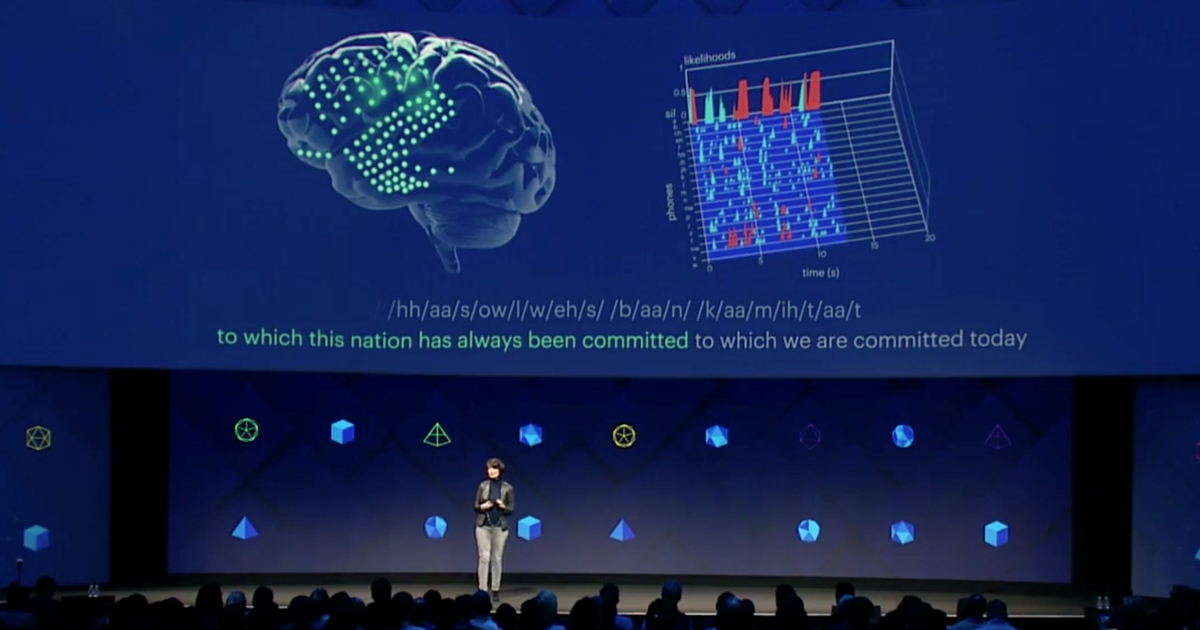
Until the 90s, electrodes for BMIs were all made by hand. Then we started figuring out how to manufacture those little 100-electrode multielectrode arrays using conventional semiconductor technologies. Neurosurgeon Ben Rapoport believes that “the move from hand manufacturing to Utah Array electrodes was the first hint that BMIs were entering a realm where Moore’s Law could become relevant.”
This is everything for the industry’s potential. Our maximum today is a couple of hundred electrodes able to measure about 500 neurons at once—which is either super far from a million or really close, depending on the kind of growth pattern we’re in. If we add 500 more neurons to our maximum every 18 months, we’ll get to a million in the year 5017. If we double our total every 18 months, like we do with computer transistors, we’ll get to a million in the year 2034.
Implantation
BMI won’t sweep the world as long as you need to go in for skull-opening surgery to get involved.
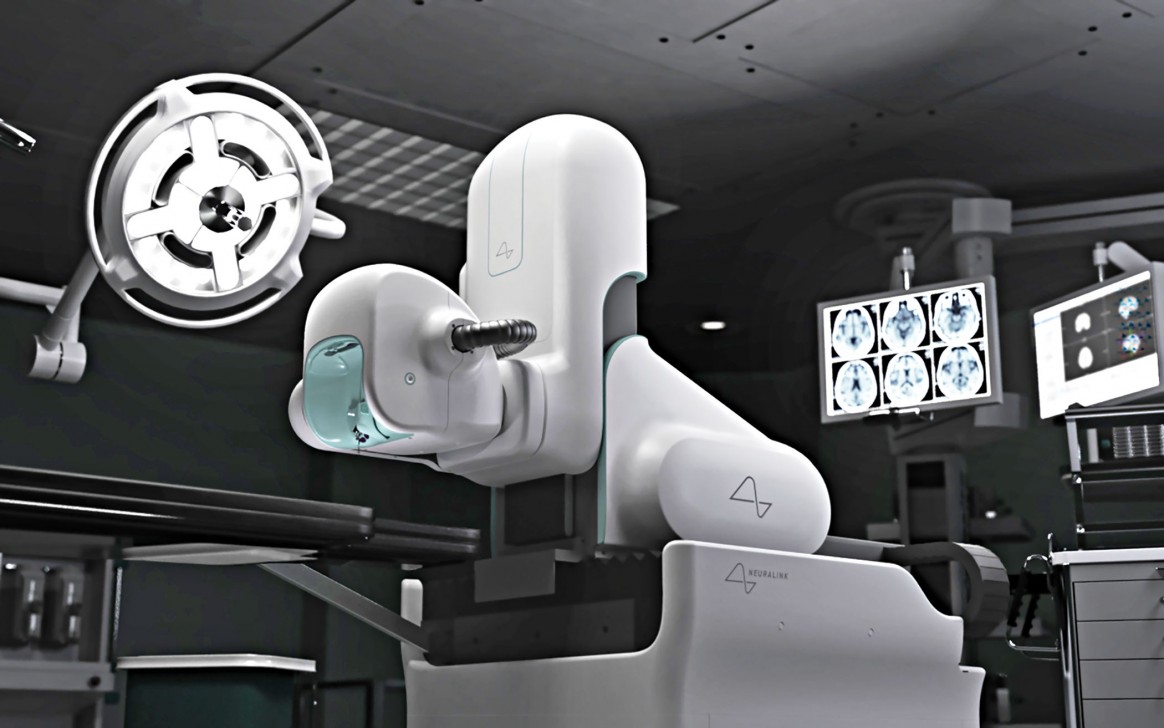
On top of being both a major barrier to entry and a major safety issue, invasive brain surgery is expensive and in limited supply. Elon talked about an eventual BMI implantation process that could be automated: “The machine to accomplish this would need to be something like Lasik, an automated process—because otherwise you just get constrained by the limited number of neural surgeons, and the costs are very high. You’d need a Lasik-like machine ultimately to be able to do this at scale.”
Making BMI high bandwidth alone would be a huge deal, as would developing a way to non-invasively implant devices. But doing both would start a revolution!
Other Hurdles
Today’s BMI patients have a wire coming out of their heads. In the future, that certainly won’t fly. Neuralink plans to work on devices that will be wireless. But that brings a lot of new challenges with it. You’ll now need your device to be able to send and receive a lot of data wirelessly. This means the implant also has to take care of things like signal amplification, analog-to-digital conversion, and data compression on its own.
Another big one—biocompatibility. Delicate electronics tend to not do well inside a jello ball. And the human body tends to not like having foreign objects in it. But the brain interfaces of the future are intended to last forever without any problems. This means that the device will likely need to be hermetically sealed and robust enough to survive decades of the oozing and shifting of the neurons around it. And the brain—which treats today’s devices like invaders and eventually covers them in scar tissue—will need to somehow be tricked into thinking the device is just a normal brain part doing its thing.
Then there’s the space issue. Where exactly are you going to put your device that can interface with a million neurons in a skull that’s already dealing with making space for 100 billion neurons? A million electrodes using today’s multielectrode arrays would be the size of a baseball. So further miniaturization is another dramatic innovation to add to the list.
How easy colonizing Mars seems right now!
#2. Customer’s View: Does the Good Outweigh the Bad?
The benefits of BMI in helping individuals who are paralyzed or brain-damaged are clear to see, but the advantages for healthy individuals would have to be extra special to outweigh the risks of the invasive surgery and overcome a range of ethical dilemmas.
Brain Security
“The only privacy that’s left is the inside of your head. Maybe that’s enough.” – said Jon Voight, Enemy of The State.
Potential problems include the possibility of “brain-hacking” (a person or agency somehow taking control of the chip or accessing data), and ethical compromises if the technology is used experimentally in countries with a poor human rights record.
If we’ve learned one thing from this era of “smart” everything, it’s that “smart” means exploitable. Whether it’s your fridge, your TV, your car, or your insulin pump, once you connect something to something else you’ve just opened up a means for it to be compromised.
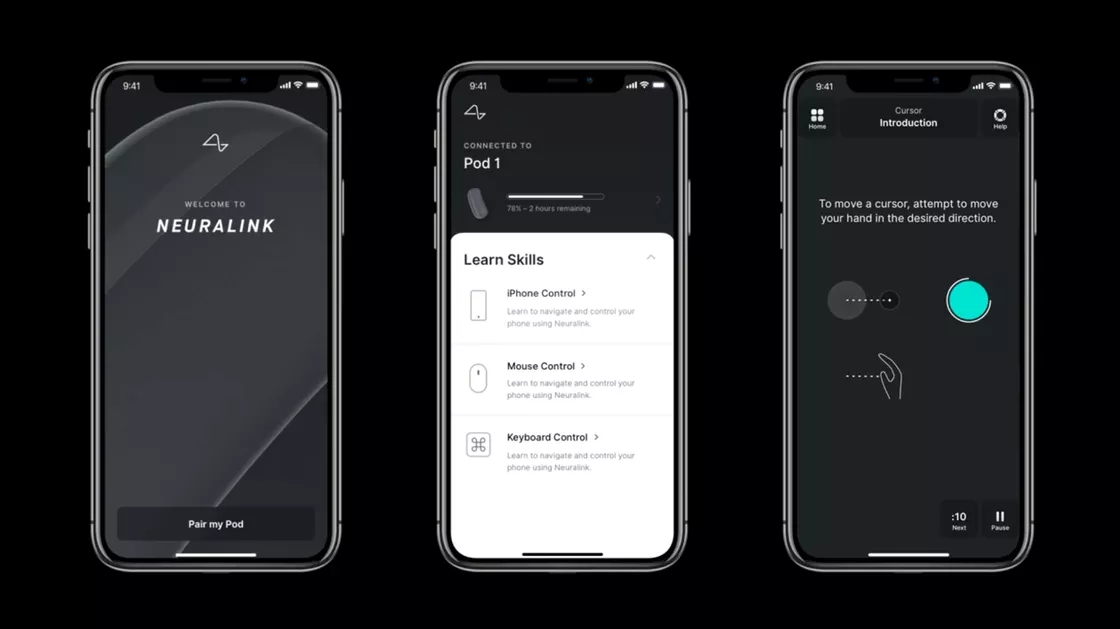
Doors are funny like that. They’re not picky about who walks through them, so a door into your head raises some critical security questions. We can only begin to imagine what forms hacking would take when you have a direct line into the minds of others. Would this be the dawn of Cognitive Law? A legal regime that pertains exclusively to that squishy stuff between your ears?
What it really all comes down to is this: across several fields at the intersection of law, philosophy, technology, and society we are going to need answers to questions no one has yet thought of asking (at least not often enough; and for the right reasons). We have faced, are facing, and will face incredibly complex and overwhelming problems that we may well not like the answers to. But it matters that we ask good questions early and often. If we don’t, they’ll be answered for us.
Losing Self-control
“I’d rather live in a cave than have my brain augmented.” – said Noel Sharkey, emeritus professor of AI and robotics at the University of Sheffield.
Given what Elon Musk tells us about the threat of artificial general intelligence, and the need to merge with AI by augmenting human intelligence, there are additional threats we must consider, albeit briefly.
A super-intelligent AI might just as easily use the interfaces to control and manipulate us, possibly without our conscious knowledge. We might lose our freedom without having any opportunity to resist, or having any clue that we had even lost anything. A benevolent superintelligence might only use this power over us for our own good, but there’s no guarantee that emerging AI superintelligence would be benevolent, or that its values would align with ours. It’s possible that horrible things could be done to us “for our own good” that we would never do to ourselves as a species.
Bottom Lines
“What is everybody so scared about losing? Do we not spend our life trying to correct ourselves?” – said Bryan Johnson, whose company Kernel is developing brain augmentation tools.
There’s every reason to be optimistic. Neurotechnology started only a few years after man first set foot on the moon – perhaps reflecting the need for a new big challenge after such a giant leap for mankind. And the brain-computer interfaces were indeed pure science fiction at the time.

